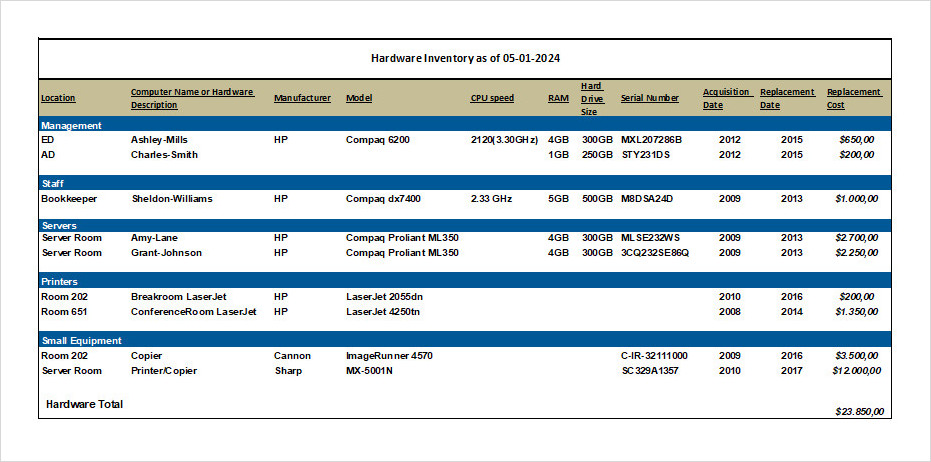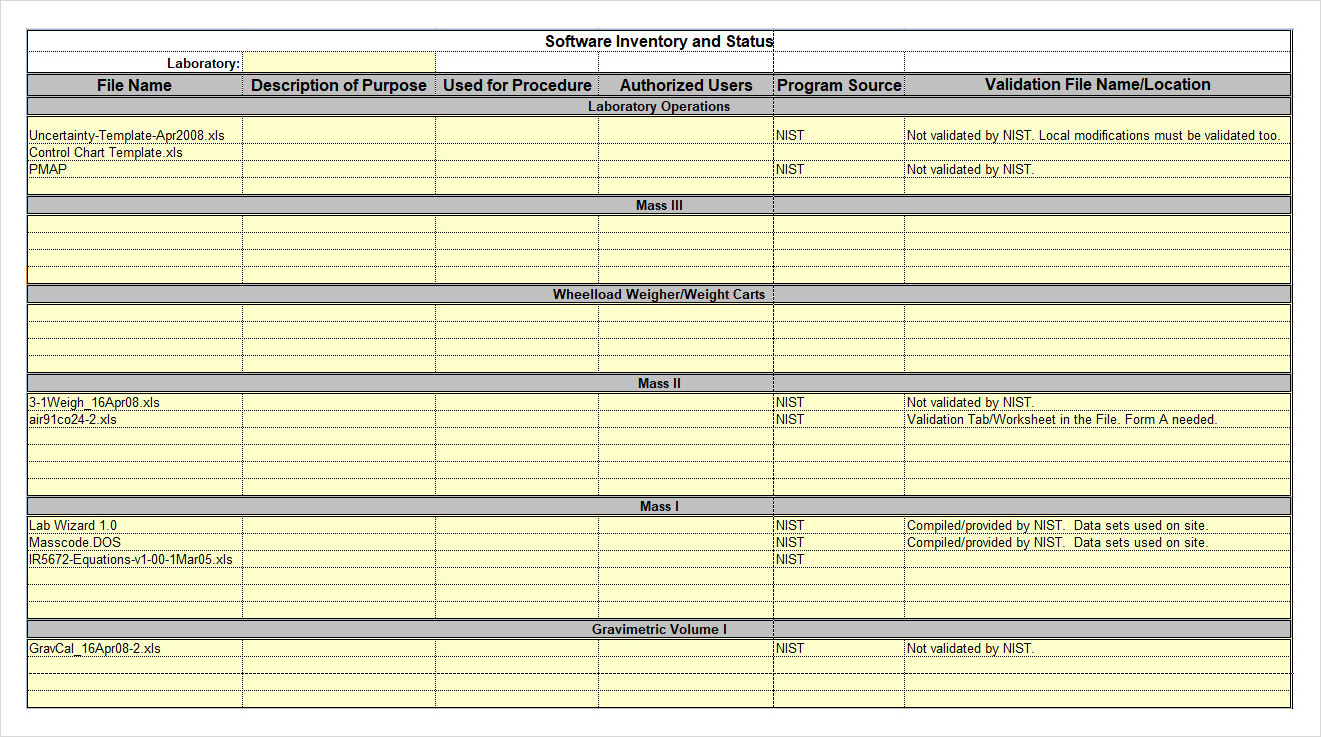
Keeping track of your computer inventory is essential for any business or organization. It allows you to manage your assets, ensure proper maintenance, and track any changes or updates. While there are many software options available for computer inventory management, computer inventory offers a convenient and efficient way to keep track of your hardware and software.
This article will explore what computer inventory is, why it is important, how to create one, and provide tips for successful inventory management.
What is Computer Inventory?
computer inventory refers to a physical document that lists all the computers and related components in an organization. It includes details such as the computer model, serial number, specifications, and location. This document can be printed and used as a reference for inventory management purposes.
Creating a computer inventory is an important step in effectively managing your computer assets. It allows you to have a comprehensive overview of all the computers in your organization, making it easier to keep track of hardware upgrades, software installations, and maintenance schedules.
Why is Computer Inventory Important?
Having a computer inventory offers several benefits for businesses and organizations:
- Asset Management: By maintaining an accurate and up-to-date inventory, you can easily track the location and condition of each computer in your organization.
- Efficient Maintenance: With a computer inventory, you can schedule regular maintenance tasks, such as software updates and hardware inspections, to ensure optimal performance.
- Cost Control: Knowing the exact number and specifications of your computers can help you make informed decisions about hardware upgrades and replacements, preventing unnecessary expenses.
- Security and Compliance: computer inventory helps you keep track of your software licenses, ensuring compliance with legal regulations and preventing unauthorized software installations.
- Disaster Recovery: In the event of a disaster, having a computer inventory can help you quickly assess the damage and facilitate the recovery process.













How to Create a Computer Inventory
Creating a computer inventory is a straightforward process. Follow these steps to get started:
1. Gather the Necessary Information
Collect all the relevant information about your computers, including their model, serial number, specifications, and location. You can find this information on the computer itself or through your existing inventory management system.
2. Choose a Template or Design Your Own
There are many computer inventory templates available online that you can use as a starting point. Alternatively, you can design your template using a spreadsheet program like Microsoft Excel or Google Sheets. Make sure to include all the necessary fields, such as model, serial number, specifications, and location.
3. Fill in the Details
Once you have chosen a template or designed your own, start filling in the details for each computer in your organization. Be thorough and accurate to ensure the inventory is as up-to-date as possible.
4. Print and Distribute
After completing the inventory, print multiple copies and distribute them to relevant personnel, such as IT staff, managers, and administrators. This will ensure that everyone has access to the inventory and can make updates as needed.
Sample Computer Inventory Template
Here is a sample computer inventory template that you can use as a starting point:
- Computer Model: [Model Name]
- Serial Number: [Serial Number]
- Specifications: [Specifications]
- Location: [Location]
Feel free to customize this template to fit the specific needs of your organization.
Tips for Successful Computer Inventory Management
Managing your computer inventory effectively requires attention to detail and regular updates. Here are some tips to help you succeed:
1. Regularly Update the Inventory
Make it a habit to update the inventory whenever there are changes to your computer assets, such as new purchases, upgrades, or replacements. This will ensure that the inventory remains accurate and up-to-date.
2. Assign Responsibility
Designate someone in your organization to be responsible for maintaining the computer inventory. This person should be knowledgeable about the computers and have the authority to make updates and changes as needed.
3. Conduct Audits
Periodically conduct audits of your computer inventory to verify its accuracy. This can include physically inspecting the computers and cross-referencing the inventory with actual assets.
4. Implement Barcode or QR Code Scanning
Consider using barcode or QR code scanning technology to streamline the inventory management process. This allows for faster and more accurate data entry, reducing the chances of errors.
5. Store Digital Copies
In addition to the inventory, store digital copies of the inventory in a secure location. This provides a backup in case the physical copies are lost or damaged.
6. Train Employees
Ensure that all employees who handle the computer assets are trained on how to update the inventory. This will help maintain consistency and accuracy in the inventory management process.
Free Computer Inventory Template!
Computer inventory is a valuable tool for effectively managing your computer assets. It allows you to keep track of your hardware and software, schedule maintenance tasks, and make informed decisions about upgrades and replacements.
By following the steps outlined in this article and implementing the tips for successful inventory management, you can ensure that your computer inventory remains accurate and up-to-date.
Computer Inventory Template – Download